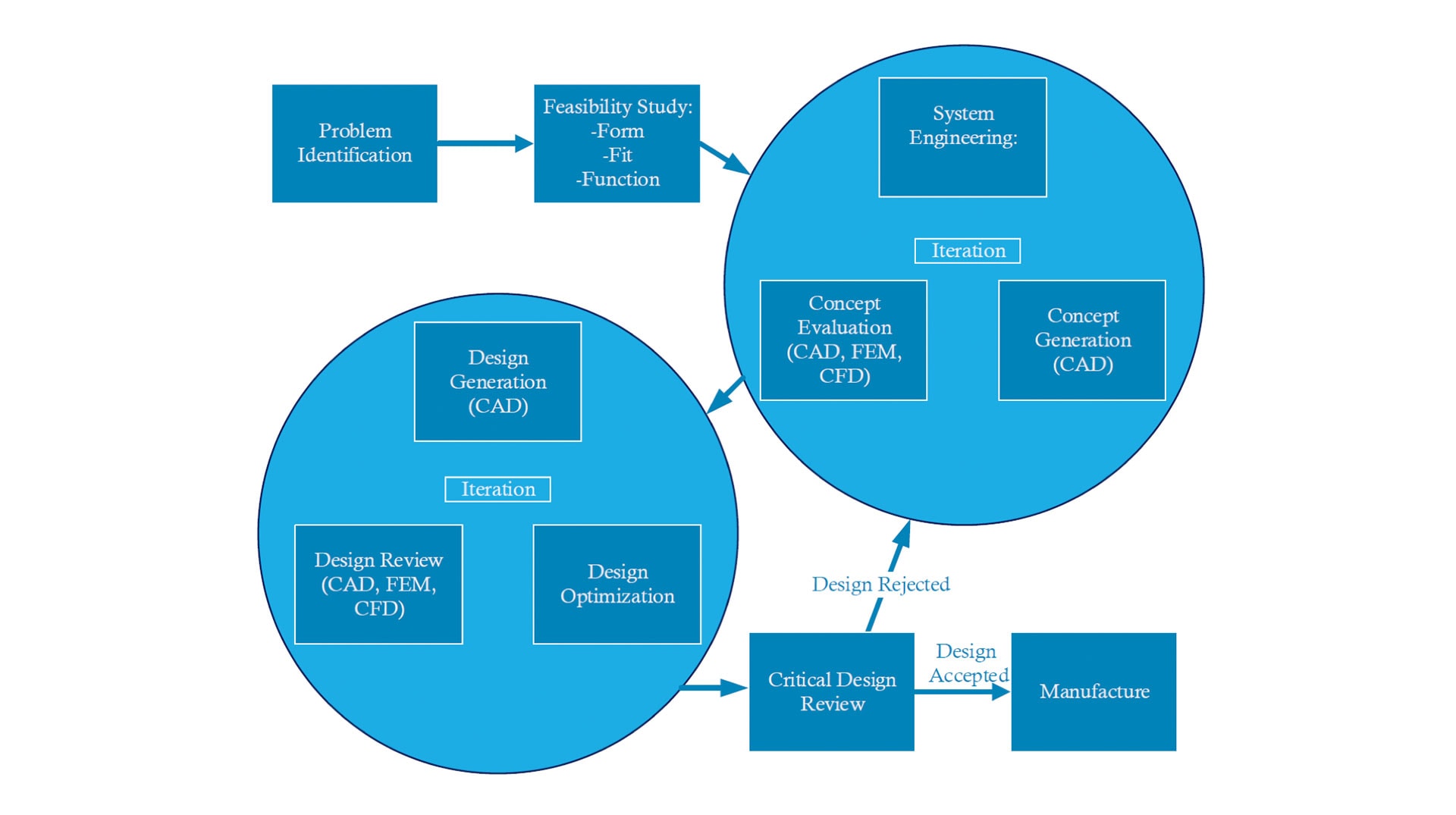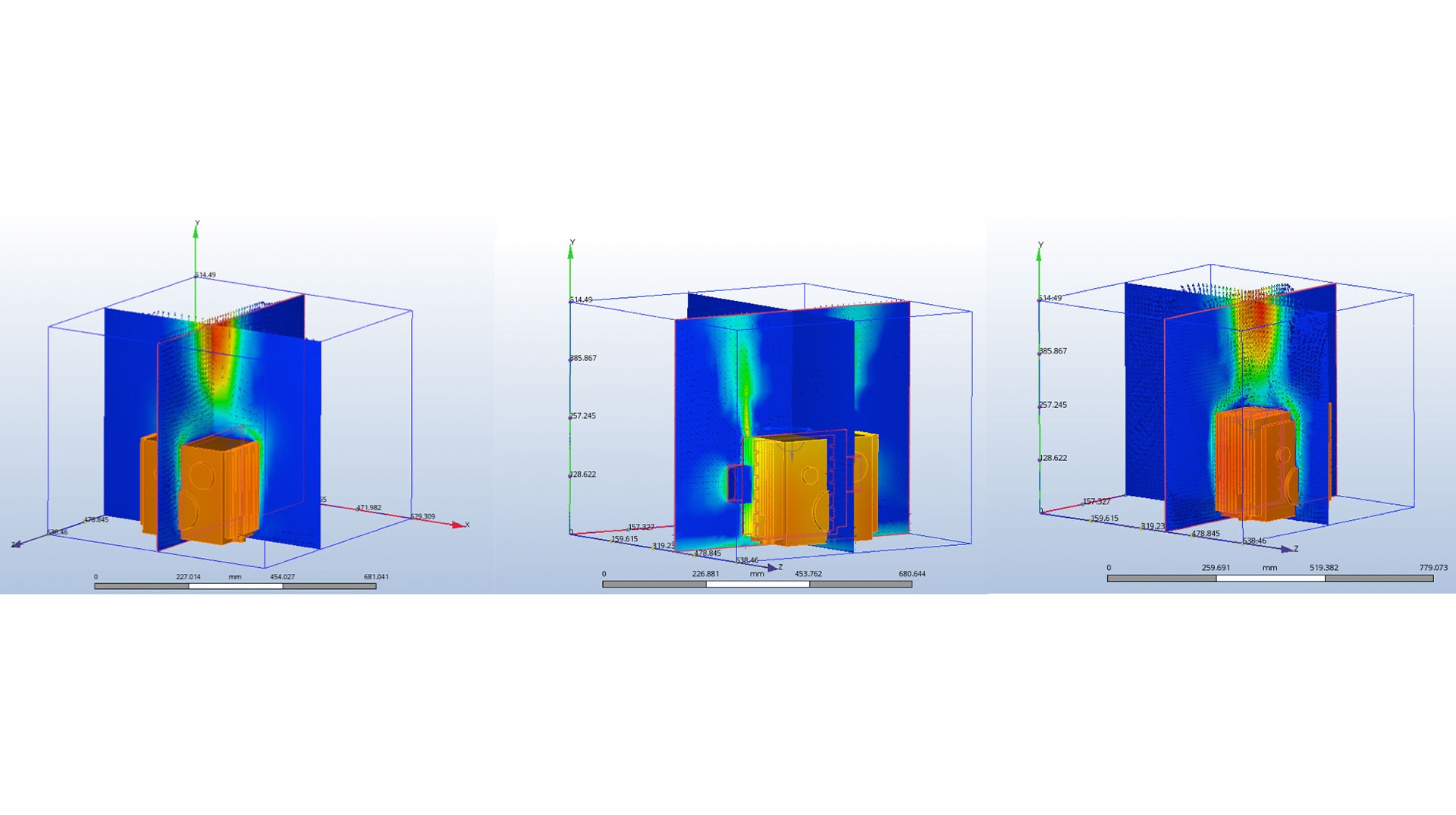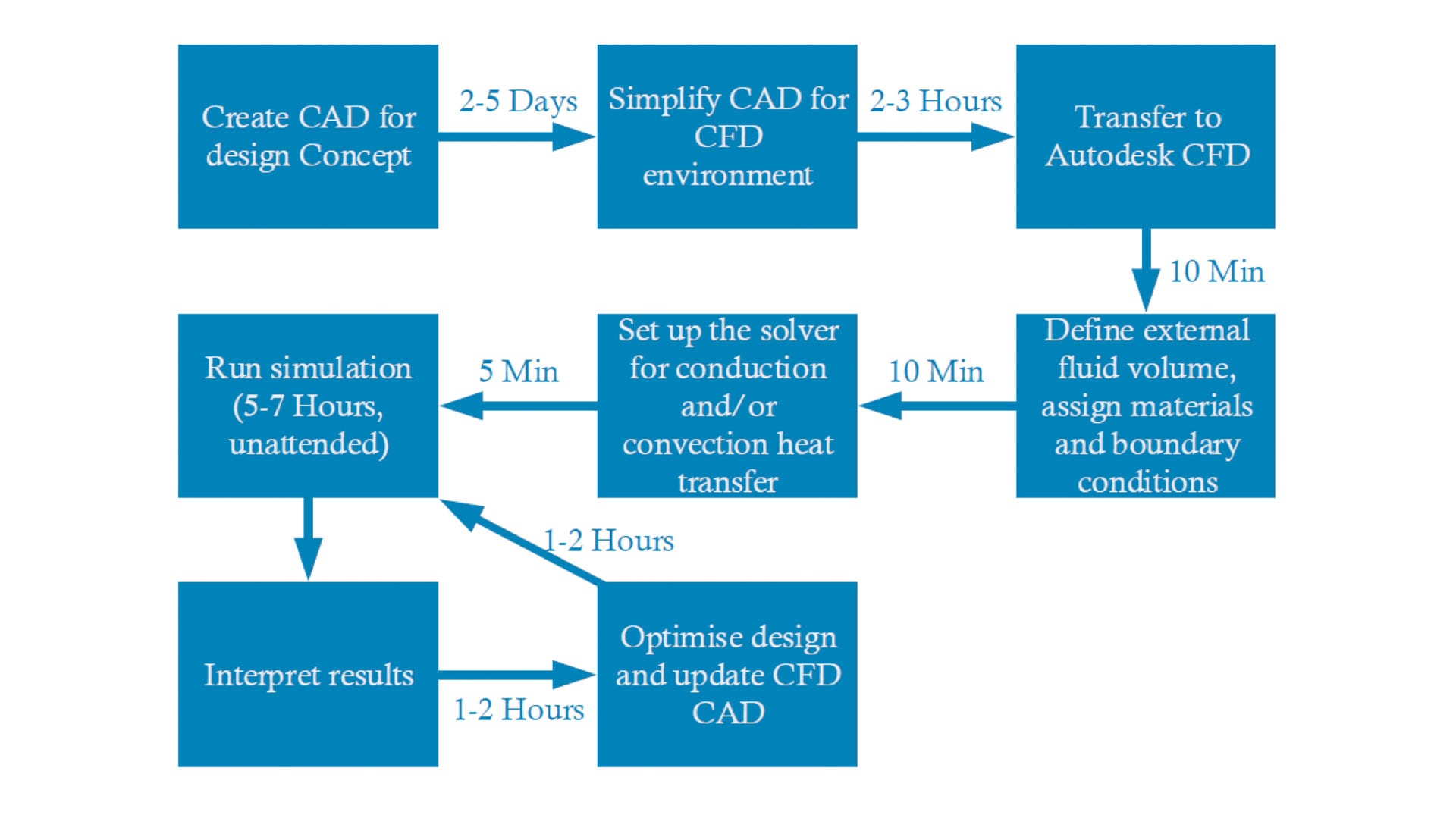& Construction

Integrated BIM tools, including Revit, AutoCAD, and Civil 3D
& Manufacturing

Professional CAD/CAM tools built on Inventor and AutoCAD
& Entertainment

Entertainment content creation tools, including 3ds Max and Maya
Keyboard ALT + g to toggle grid overlay
S-PLANE Automation (Pty) Ltd is an internationally recognised aerospace company who specialises in the design of complete certification ready Automation, Simulation, Communication and Ground Control Solutions for manned, unmanned or optionally piloted aircraft with the help of Autodesk Inventor and Computational Fluid Dynamic (CFD). For this project, S-Plane had to design an aviation controller to manage flight control, power and safety systems. Having access to powerful software allowed the teams to conduct simulations early in the design process, allowing engineers to design electronics with confidence, as heat issues were resolved at each step.
S-PLANE Automation (Pty) Ltd is an internationally recognised aerospace company specialising in the delivery of complete certification-ready Automation, Simulation, Communication and Ground Control Solutions for manned, unmanned and optionally piloted aircraft systems.
S-PLANE combines its own and other market-leading products with system engineering, integration and testing support services. This allows S-PLANE to customise and deliver the best possible solution to its clients. Their solutions and experience span a large variety of aircraft ranging from unmanned to manned fixed- and rotary-wing vehicles and are applied within civil and military domains.
The nature of S-PLANE’s developments means the company often works on restricted or classified projects. Using the suite of Autodesk products has meant that virtually any engineer can easily integrate into the S-PLANE team with little or no hand-on time with the software.
Most notably, S-PLANE Solutions are used to create Unmanned Aerial Vehicles (UAVs) and Optionally Piloted Vehicles (OPV), as well as Manned ISR Aircraft that are easily upgraded to become UAVs or OPVs.
At Modena Design Centres we pride ourselves on building strong and meaningful relationships with our clients. Our highly consultative approach ensures we achieve a far deeper understanding of our clients’ business needs, and the day to day challenges they face.
With the knowledge gained, our solutions consultants are then able to recommend the appropriate Autodesk technology that “Best-fits” our clients’ requirements. Equipped with this heightened level of understanding, our knowledgeable and experienced industry specialists deliver quality training and implementation solutions. This ensures our clients have the best possible outcome in their adopted Autodesk solution.
Designing aviation electronics enclosures to manage flight control, power systems and safety systems require incredibly involved hardware design to ensure efficient operation. The main point of concern with most compact, conduction cooled aviation electronics, is the heat that is generated.
The aluminium enclosures that S-PLANE develop are packed with electronics that produce a lot of heat. Not only does this heat need to be dissipated efficiently but enclosures also need to withstand incredibly high ambient temperatures during operation.
This requirement from its customers mean that S-PLANE needs to produce electronics and the surrounding enclosures that will be able to withstand some of the world’s harshest environments.
Using Autodesk CFD for computational fluid dynamics, S-PLANE can gain valuable insights into each enclosure design. By conducting simulations early in the design process, the engineers can confidently design the electronics inside, knowing that cooling will not become a problem at a later stage.

“The Autodesk suite of tools gives a mechanical engineer the best tools to accurately and efficiently develop the solutions required by our clients. The tight integration of these tools also mean that we can quickly optimise designs without lengthy import and rendering times. This saves time and resources.”
—Japie van der Westhuizen, Senior Hardware Development Engineer, S-PLANE Automation (Pty) Ltd
The design of avionics enclosures requires a tight collaboration between the mechanical, system and electronic engineers. Using Autodesk CFD enables S-PLANE to validate design decisions quickly and this saves valuable time with large projects that require multiple engineering disciplines.
Designing an avionics enclosure begins with a design generated in Autodesk Inventor. Because this high-detail CAD design is not usually suitable for the Autodesk CFD environment, detailed elements such as screws, aesthetic details and electronic components are removed before running it through the Autodesk CFD simulations.
The main reason for this is to remove complexity during mesh generation which in turn improves the overall speed of the process. With the design imported in Autodesk CFD, an external air volume is defined, and materials are assigned to all components and volumes. Boundary conditions are also applied to the outer air volume, this includes suitable pressure and temperature conditions.
Inside the enclosure, different components generate different amounts of heat, they are therefore individually assigned as heat fluxes at the surfaces where they make contact with the enclosure. An important last step before running the simulation is to configure the solver control which includes heat transfer, flow and gravity.

“Autodesk Inventor and CFD in particular allows multiple iterations and optimisations of each design. This means we can very quickly optimize any part of the design”
—Carlo van Schalkwyk, Senior Systems Engineer, S-PLANE Automation (Pty) Ltd
Once the simulation completes a run, the results are interpreted and stored.
Any design modifications that are required are then executed in Inventor and the CFD model is updated.
This is an automated process and there is no need to reconfigure the whole simulation with each modification.
The simulation is then repeated until the design is sufficiently optimised.
High Temperature Variations
High Vibration Tolerance
Compact Designs Preferred
Low Weight Requirements
Avionics are required to operate in environments where high temperature variations add to the already strenuous conditions under which the components must operate. S-PLANE engineers face the crucial task of making sure the design of these enclosures is able to efficiently extract the heat generated by the components, while keeping the temperature ranges within the required safety margins.
For complex enclosures, it is difficult to gauge where hot-spots will occur and almost impossible to calculate the effective heat transfer rate between the enclosure and its environment. Autodesk CFD allows S-PLANE to simulate all the heat generating components inside the enclosure and see how the enclosure performs. This is very difficult and time consuming to calculate by hand.

In-depth Concept Evaluation through Simulation
Quick Validation of Design Decisions
Reduces Development Time Required
Reduces Physical Prototypes Needed
By implementing software tools such as Autodesk CFD in the preliminary and detail design phase, it is easier to achieve faster iterations with confidence. This considerably reduces the time required to achieve a suitable design.
By validating a final design in this way, our engineers can be assured that by the time a prototype is built, it will have the best possible chance of passing stringent standards and tests. This is due to the fact that it was rigorously tested in the simulation environment.
A key factor that stands out for S-PLANE is the cost saving associated with a highly efficient workflow that exists between engineering teams. Autodesk’s software suite reduces the number of physical prototypes which need to be manufactured. Using accurate simulations rather than testing physical prototypes is a massive cost saver for S-PLANE.
Utilising Autodesk software on-site has another cost and time advantage over out-sourcing the work. For S-PLANE, the Autodesk Suite offers versatility and ease of use that touch every step of an engineering project. By having all the tools built- in, there is no need to purchase add-ons to fulfil the project’s needs. This is particularly handy for small teams who need to be agile with quick turn-around times. For S-PLANE, training is another cost saver element.

“Because the software is so intuitive, there is a minimal learning curve and our engineers – even those that are not trained on the software – have found it very easy to get hands-on when it is needed. When they do need training on specific topics there is a trove of learning materials and videos available on the Autodesk website.”
—Japie van der Westhuizen, Senior Hardware Development Engineer, S-PLANE Automation (Pty) Ltd
We are currently unable to display search results. Please come back later.